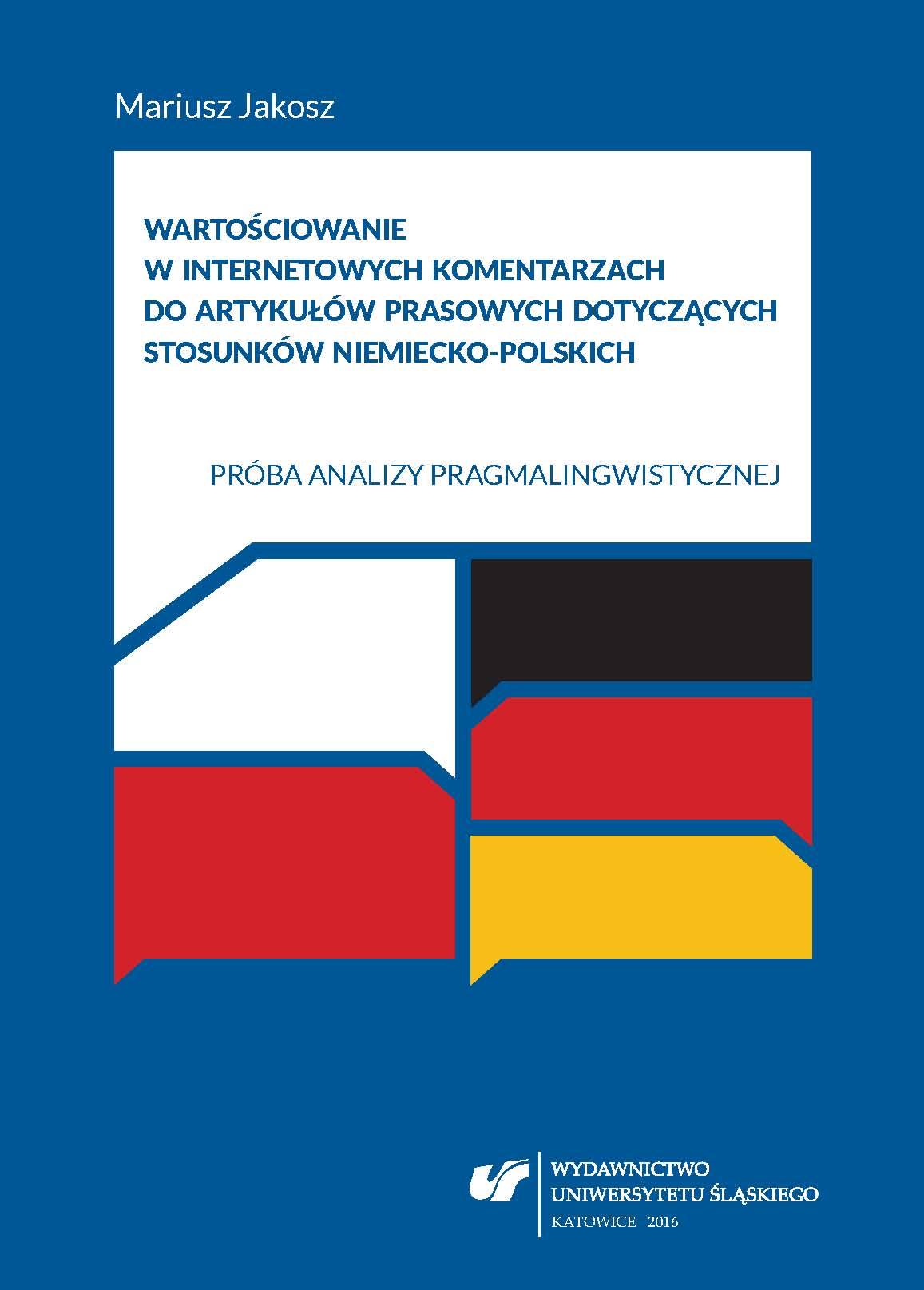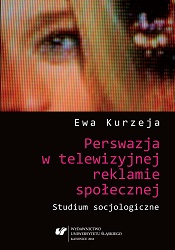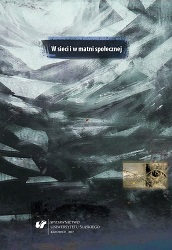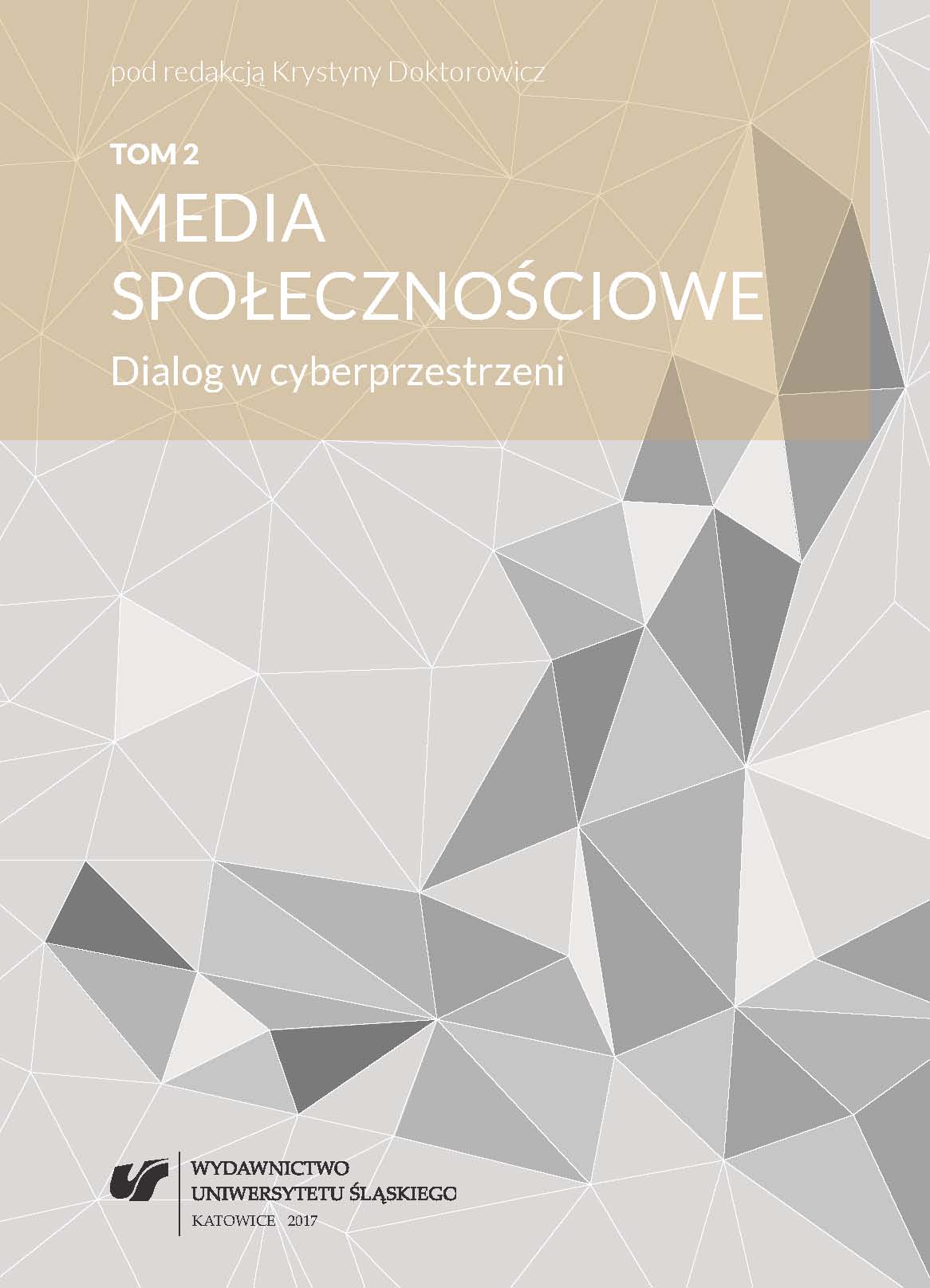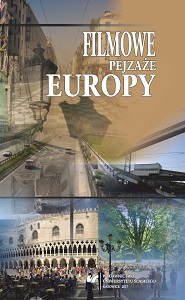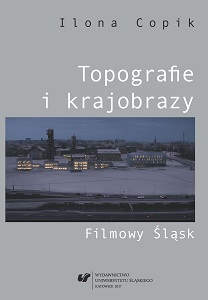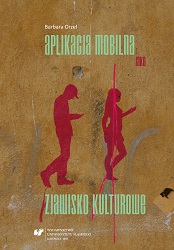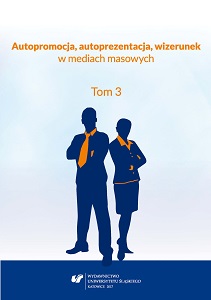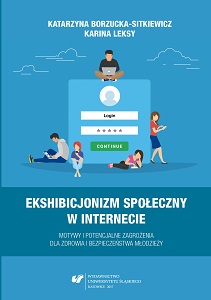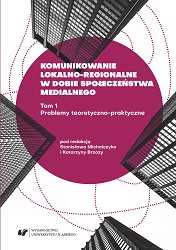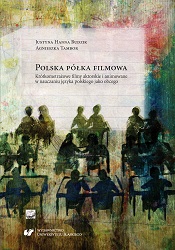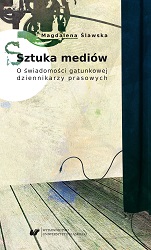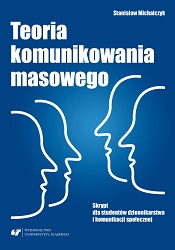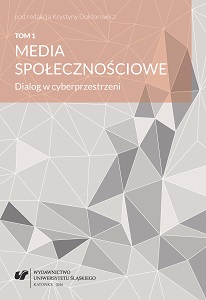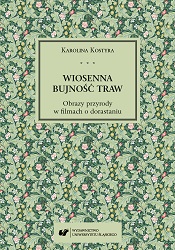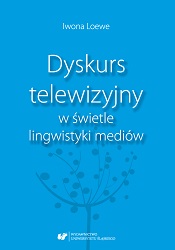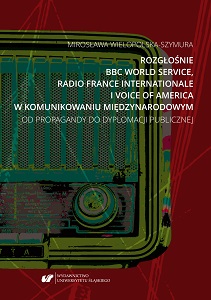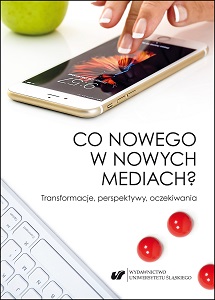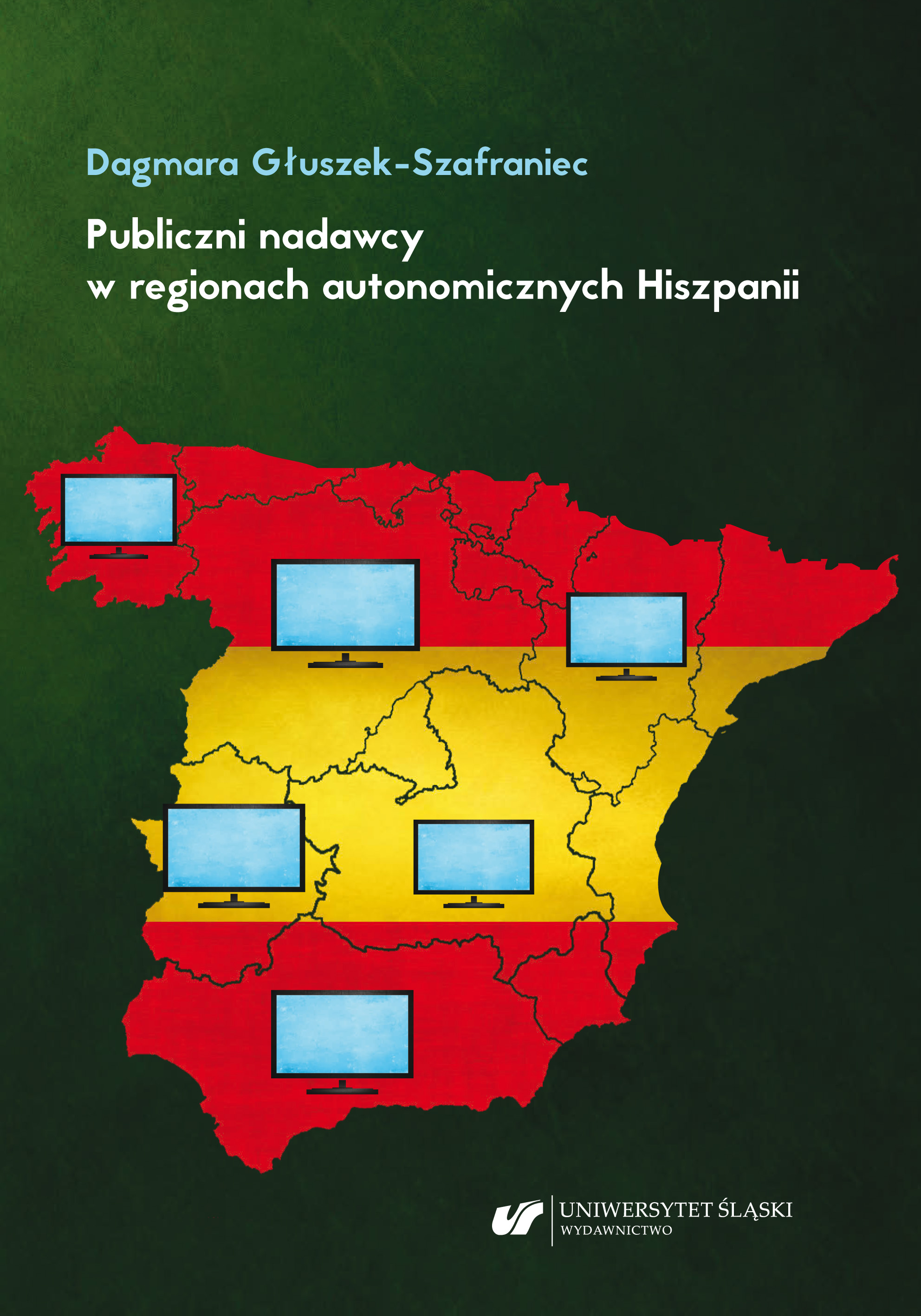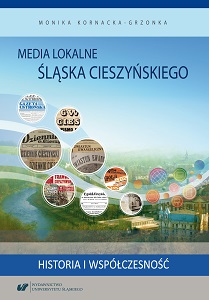Rozgłośnie BBC World Service, Radio France Internationale i Voice of America w komunikowaniu międzynarodowym. Od propagandy do dyplomacji publicznej
Author(s): Mirosława Wielopolska-Szymura / Language(s): Polish
Keywords: BBC World Service; Radio France; Internationale; Voice of America
The chief purpose of BBC World Service, Radio France Internationale, and Voice of America in the Context of International Communication: From Propaganda to Public Diplomacy is to analyse the role radio stations fulfil for international communication nowadays in the light of the roles they served in the past (that is, the times when radio dominated).During the interwar period and right before World War II, new radio stations came to being that aimed at broadcasting content targeted at the listeners abroad. Initially, these radio stations were transmitting mostly official messages or functioning as private point-to-point communication; in both cases, they functioned similarly to telegraphs (assuming one addresser and one addressee). Along with not only the development of the transmitting and receiving devices but also the widening of our knowledge on radio waves, radio turned into a mass medium, thanks to various “freaks,” including investors and other radio lovers. Having access to the network of correspondents and a powerful radio signal, radio stations back then were able to provide live coverage of the events that interested listeners all around the globe.The capacities of radio were significant during World War II as well; precisely, it ceased to serve communication purposes exclusively, and was included into military arsenal (used not only in operations and diversion actions, but also for jamming and scouting). This military conflict showed that the possibility of reaching listeners abroad – that is, the citizens of adversary, allied, and neutral states – had been of enormous importance, whereas the ability of shaping the opinions of foreign citizens had become a crucial part of contemporary warfare.The relevance of radio for international communication was indisputable also during the Cold War. Radio Free Europe, Radio Liberty, Voice of America, BBC World Service, Radio France Internationale, Deutsche Welle, Radio Madrid, Radio Moskwa, and Radio China International were fundamentally engaged in both ideological war and public diplomacy.Simultaneously, various international processes changed the position radio occupied among other media; the “Golden Age of Radio” reached a significant decline in the 1950s, when the dominance of radio gave way to the advent of television, whereas from late 1990s on the situation of all media was revolutionised by the birth of the Internet. As a result, digitalisation, convergence, shifts in reception and use of media – not to mention other broader phenomena, including the dominance of audiovisual culture – affected not only listeners and their preferences (inclining to fragmented radio programmes), but also ratings and marketability of radio stations. Finally, since political communication has privileged the audiovisual paradigm, and domestic policy has gradually become a media issue, radio has withdrawn in this area as well, giving primacy to television and new media.Because of the aforementioned factors and shifts, it becomes vital to carefully reconsider the contemporary and international status of radio. After all, one might be tempted to think that radio is no longer in its heyday, whereas both governments and individual listeners do not deem it as a genuine informative medium or a means capable of reaching the foreign public opinion. This book, therefore, explores how Radio France Internationale, Voice of America, and BBC World Service changed diachronically in reference to other radio stations alike, points to rules they follow and formats their programmes take, and analyses their recent activity in international communication between 2014 and 2018. Chapter 1 introduces theoretical vocabulary international communication relies on, and juxtaposes its various definitions with related cultural phenomena, including transcultural communication, political communication, propaganda, public diplomacy, cultural diplomacy, media diplomacy, and soft power. Aside from analysing these concepts, this chapter also proposes an innovative definition of international communication and its graphic model.Chapter 2 is diachronic, and it focuses on the discovery of radio waves and the invention of radio read from the technical perspective, which determines the position of radio for international communication. Moreover, the early forms of radio are recalled with regard to their significance for foreign communication. Finally, the development of radio and broadcasting in France, United Kingdom, and the USA is presented with an emphasis put on the differences between their broadcasting models.Chapter 3 is devoted to the development of international broadcasting, dividing it into three stages: 1) the early 20th century (until the 1930s), when radio waves were being tested, the first experimental stations came to being, and first international radio stations were founded, including those in Nauen and Zessen (Germany), Sainte-Assise and Le Post Colonial (France), Eindhoven and Heuzen (Netherlands), Chelmsford (UnitedKingdom); 2) the World War II period, in which the uses of radio for international military communication are analysed in reference to propaganda radio stations (Radio Berlin, Radio Hamburg, Radio Stuttgart, Radio Tokio) and its prominent figures (William Joyce (“Lord Haw-Haw”), Paul Ferdonnet (“the Stuttgart Traitor”), Mildred Gillars (“Axis Sally”), Ive Togure (“Tokyo Rose”)), British pirate radio stations functioning in response to the Axis propaganda (for instance, Gustav Siegfried Eins), the radio stations of French Resistance with a special emphasis put on Radio Brazzaville, that is, Charles de Gaulle’s chief means of international communication, and, finally, Voice of America serving for public diplomacy purposes; 3) the Cold War period, in which the objectives, assumptions, and strategies of international broadcasting posed by France, United Kingdom, the United States of America between 1945 and late 1980s are examined. The last chapter is entirely dedicated to BBC World Service, Radio France Internationale and Voice of America nowadays, paying attention to their regulations, structures, and broadcasting services. These radio stations are understood as means used for public diplomacy of their countries, and their institutional and formal connections to government institutions are discussed. Consequently, this comparative chapter refers to the legal contexts, supported by acts and regulations of a given country, presents the principles and levels of funding, reconstructs the institutional positions of radio among other media, and characterises broadcasting in terms of services, directions, and programmes.The analysis of contemporary strategies and activities of the discussed radio stations makes it ossible to claim that the use of radio for international communication has not lost its relevance, and currently is supported with television and the Internet, that is, the media that were invented later in the course of historical progress. Radio stations, therefore, are not held in media bubbles; rather, they are still significant means of foreign communication because of their specificities. Furthermore, radio communication complies with strategic foreign policies, which affects various parts of the world where levels of technological development diverge whilst the access to television or the Internet connection is not available. In the countries stricken with military conflicts or poverty, radio is still the predominant means of communication that serves numerous purposes; not only is it a source of information on military operations, epidemiological situations, climate and natural disasters, but also it educates its listeners on civil and human rights, especially women’s rights. Finally, Voice of America, BBC World Service, and Radio France Internationale support policies against extremism and propaganda (for instance, fake news).The services of the discussed radio stations are related to the policies the United States of America, United Kingdom, and France put forward against ISIL and international terrorism, but also to those actions that support democratic changes in the countries affected by war and political unrest.
More...
